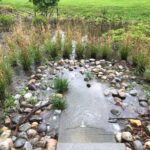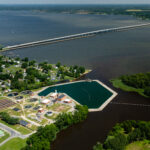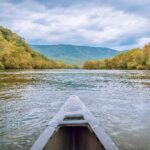Farmers Can Help Protect Our Waters
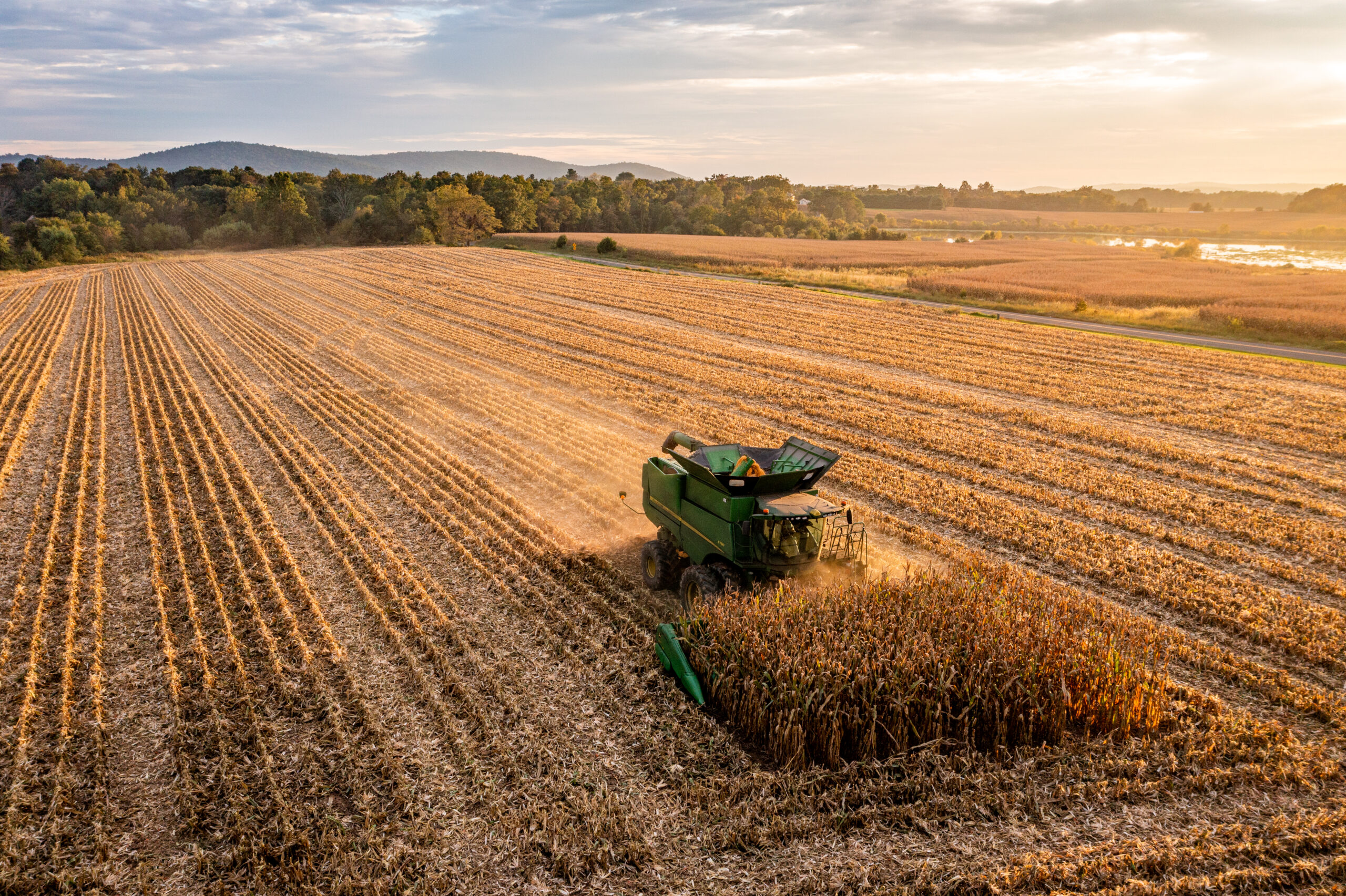
Corn Harvest in Fauquier County. Photo by Hugh Kenny
Agriculture is one of Virginia’s largest industries. The 83,000 farms in the Chesapeake watershed make up a $10 billion industry. It also represents the largest source of nutrient and sediment pollution reaching Virginia’s local streams, rivers, and the Chesapeake Bay.
The Virginia Agricultural Cost Share Program (VACS) funds the implementation of various farm practices that reduce pollution while enhancing farm productivity and boosting the farmer’s bottom line. VACS reduces pollution from farming, improves the Commonwealth’s natural resources, and amplifies the agricultural economy. For the first time, the General Assembly has fully funded the VACS program in the state budget, a major achievement for Virginia.
Virginia should follow through on its commitment to fully fund this impactful program.
Running Out of Time
At our current pace, we will not have enough conservation practices installed on Virginia farmland by the 2025 deadline. The Chesapeake Bay Watershed Implementation Plan (aka the Bay WIP, cleanup plan, or blueprint) outlines a distinct timeline with measurable targets. To meet our Bay restoration goals by the 2025 deadline, 75% of the remaining nitrogen pollution reductions must come from the agricultural sector. The timeline will not be met without sufficient support from a fully-funded VACS program, making Virginia noncompliant with the Clean Water Act.
VACS helps farmers identify opportunities to improve local water quality, prevents pollution from reaching Virginia’s creeks and rivers, provides technical assistance for implementing agricultural best management practices (BMPs), and offsets installation costs. Farmers are encouraged to protect their local waters by installing voluntary BMPs on their land: streamside fencing and alternative water sources to keep livestock out of streams; nutrient management plans that help farmers decide when and how to apply fertilizers both efficiently and safely; riparian grass and forested buffers to filter nutrient and sediment from runoff; conservation tillage and cover crops to keep soil on the farm and out of the water; and numerous other practices to protect Virginia’s streams, lakes, rivers, and bays.
Every other year, Virginia Department of Conservation and Recreation compiles an Agricultural Needs Assessment detailing how much investment is needed for agricultural BMPs. The most recent assessment shows that VACS should be funded at no less than $256 million over the biennium. Strong, sustained, and certainty of funding at no less than the level identified in the Agricultural Needs Assessment will facilitate a faster pace of progress, improve water quality, and invest in local, rural economies both in and beyond the Chesapeake Bay watershed.
Helping Farmers Helps Us
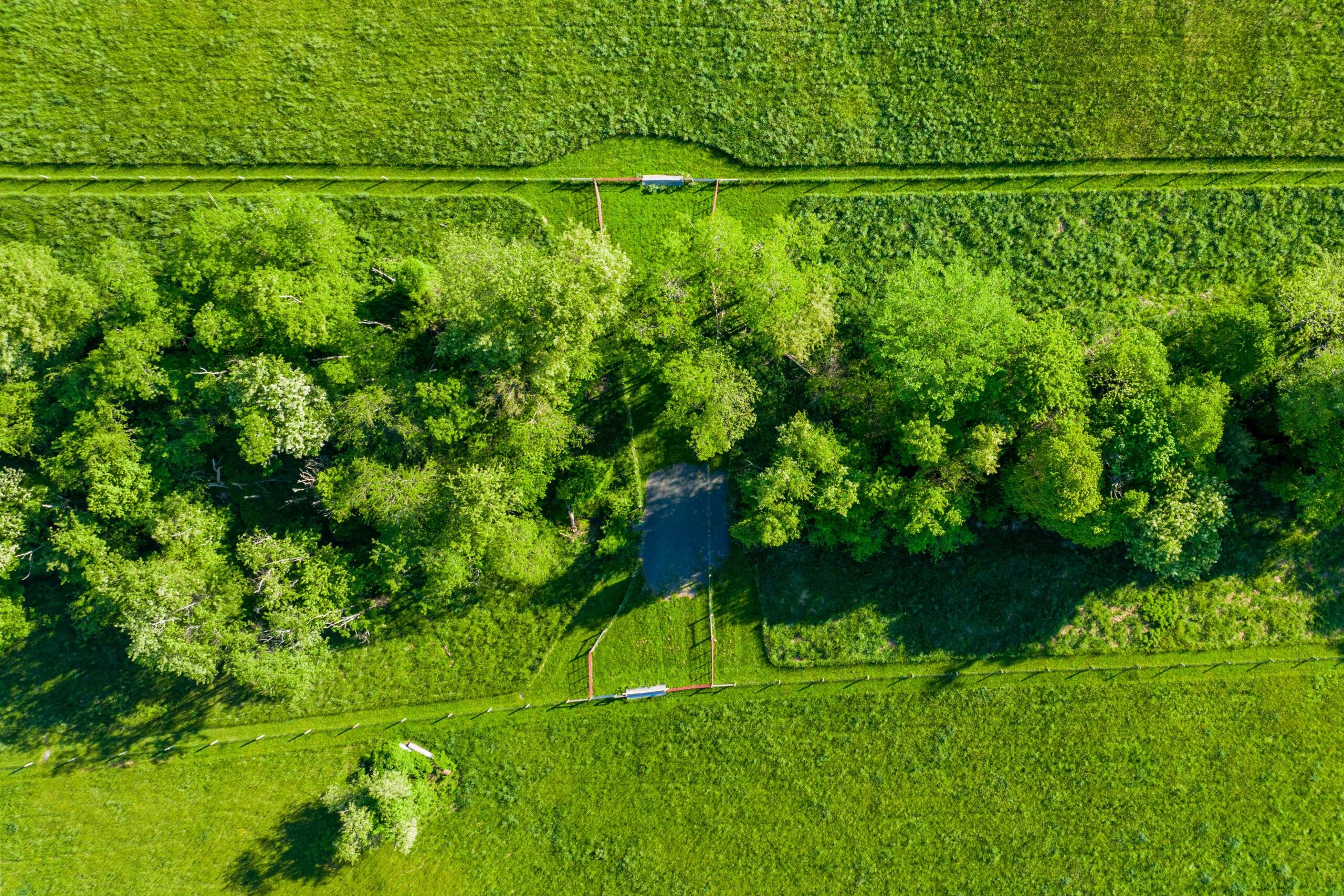
Riparian buffers and cattle fencing protect rivers and streams from pollution runoff. Photo by Hugh Kenny
Investments in agricultural BMPs improve water quality, create local jobs, and deliver economic benefits for rural communities. Livestock exclusion from streams prevents calf losses and improves herd health. Increased efficiency of nutrient application reduces fertilizer loss while improving crop and pasture yields. Conservation tillage, winter cover crops, rotational grazing, and other practices further improve soil health and productivity. Furthermore, reducing agricultural runoff improves the well-being of local communities that benefit from cleaner, healthier streams and rivers through safe drinking water, outdoor recreation, and enhanced tourism opportunities.
It is important that these investments in agricultural BMPs are equitably reaching historically underserved communities like farmers of color. As noted by the Virginia Soil and Water Conservation Board, the allocation of funding for the VACS program should address Diversity, Equity, Inclusion and Justice concerns, and the state should follow through with this directive.
See our policy recommendations in Our Common Agenda Environmental Briefing Book to help farmers protect local waters.
Thank you to our Network Partners at Alliance for the Shenandoah Valley, Chesapeake Bay Foundation, and James River Association for providing expertise on these policy solutions.
Take Action to Protect Local Waters
To map out how your local streams are doing, use an online search tool like “How’s My Waterway?” After typing in a location, this tool will show you the health of the streams in your local area and provide concrete ways that you can help address specific issues in your waterways.

